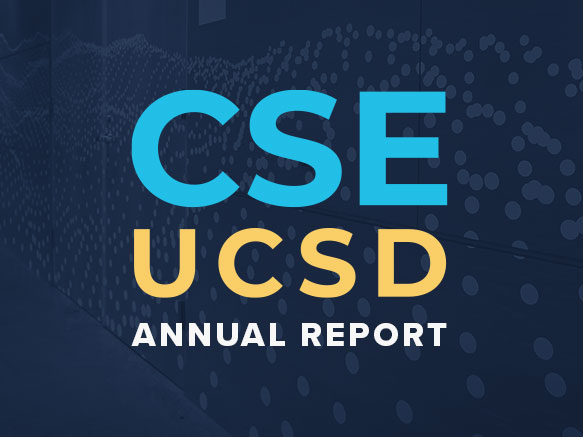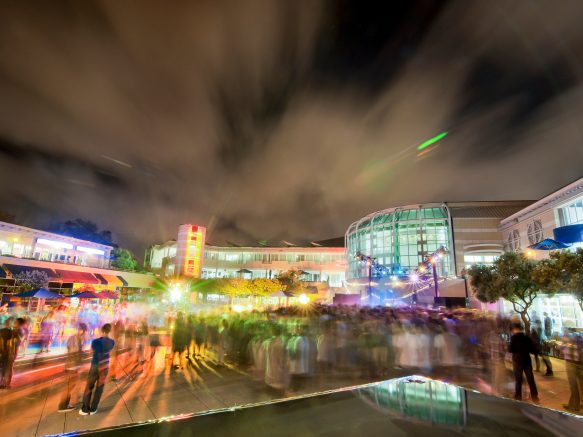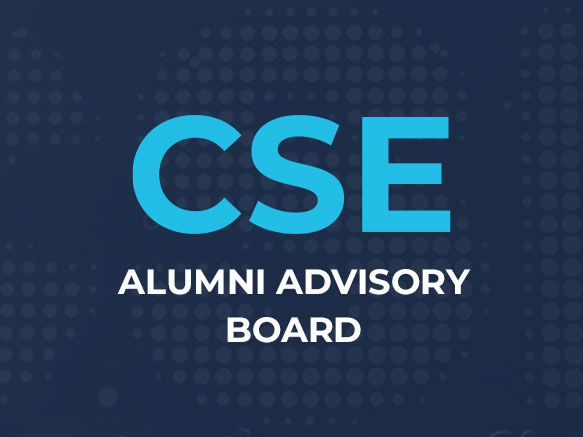Category: V7
Home Front V7
CSE Alumni Magazine Vol 7
Features
CSE CHANGES AND REMEMBRANCE
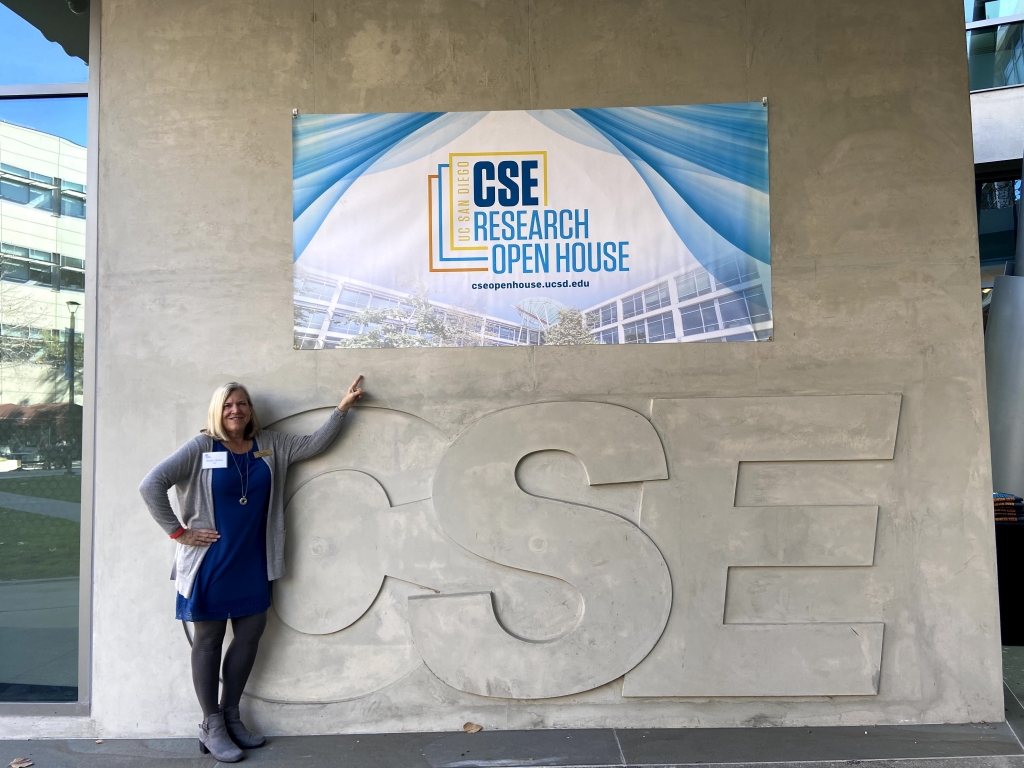
Farewell from Becky Hames
After twenty years in higher education, and the past three as CSE director of External Relations, I will be retiring at the end of June and moving to Arizona. It has been a pleasure to meet and work with so many CSE alumni over the past three years. Your continued support has been wonderful and sincerely appreciated by the entire CSE community. I encourage you to stay involved with the department and share any suggestions or comments you have to cseinfo@eng.ucsd.edu. I wish each of you the best in your career and personal journeys.
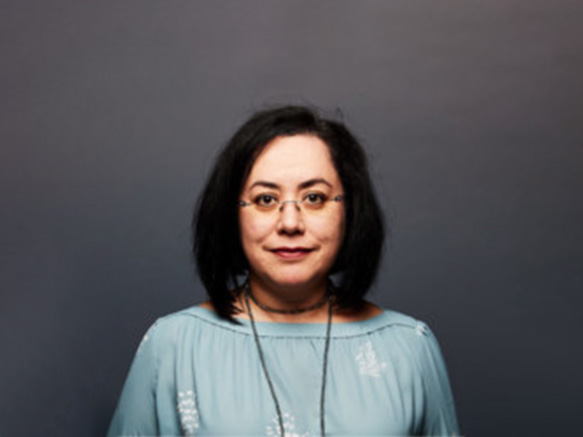
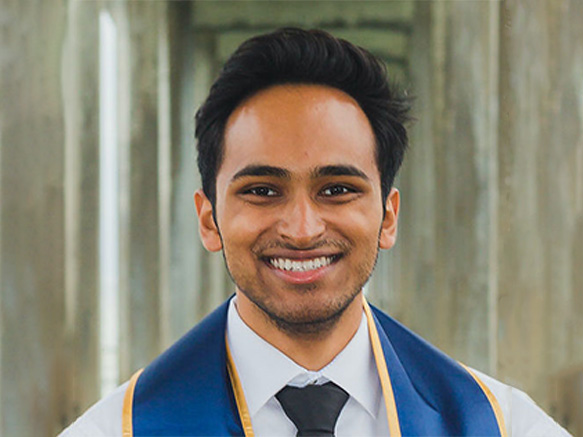
The CSE Alumni Advisory Board, which promotes community among alumni, CSE students and faculty, is proud to welcome its newest members: Maritza Borunda ’98 and Rahul Sabnis ’19. Read More
copyright 2020 – Computer Science & Engineering – University of California San Diego
CSE RESEARCH
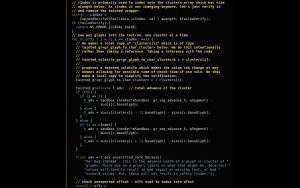
Computer scientists develop a technique to protect browsers from buggy third-party libraries.
Researchers from the University of California San Diego, University of Texas at Austin, Stanford University and Mozilla have developed a new framework to improve web browser security. The framework, called RLBox, has been integrated into Firefox to complement its other security-hardening efforts. Read More
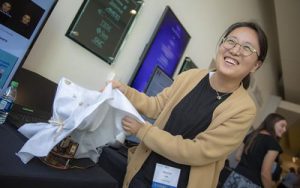
UC San Diego alumna Hee Rin Lee, now an assistant professor in MSU’s Department of Media and Information, explores how we can integrate robots into our lives for social good, whether it be in a retirement community or a bustling factory. The roots of her research go back to her time in the lab of computer science professor Laurel Riek here at the Jacobs School of Engineering at UC San Diego. Read More
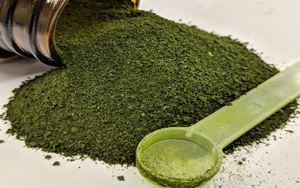
A widespread, fast-growing plant called Chlamydomonas reinhardtii is famous in scientific laboratories due to its position as the world’s most exhaustively studied algae.
For decades, the green, single-celled organism, which primarily grows in wet soil, has served as a model species for research topics spanning from algae-based biofuels to plant evolution. While other species of algae have been used as dietary nutraceuticals that provide beneficial oils, vitamins, proteins, carbohydrates, antioxidants and fiber, the benefits of consuming C. reinhardtii were previously unexplored. Read More
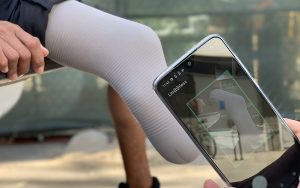
In November, 2019, ten UC San Diego students filed into a bustling amputee clinic in Jaipur, India. On one side of the room, men and women, some bearing crutches, watched as their new limbs took shape under the staff’s careful hands. For many of them, a prosthetic limb represented the chance to regain their mobility, independence and livelihoods.
The students’ visit to the Jaipur Foot clinic—a non-profit known around the world for providing affordable, prosthetic limbs and other mobility aids to those in need—marked more than a year of painstaking work to develop technology connecting amputees directly to prosthetists. The work is part of Project Lim(b)itless, an initiative founded by Albert Lin, a recent amputee and researcher at the Qualcomm Institute (QI) at UC San Diego. Read More

The 2020 CSE Winter Research Open House was held on January 31 and, for anyone interested in learning about UC San Diego’s Computer Science and Engineering Department, this was the place to be. The event featured a keynote on augmented reality, two rounds of student research presentations, an industry panel, open labs, a graduate student poster session and industry info sessions.
Keynote speaker Edward Wu (CSE ‘04), VP, Platform at Niantic and technical lead for Pokémon Go, showcased the company’s evolution and ongoing efforts to develop technology that connects people to one another and their surroundings. Read More
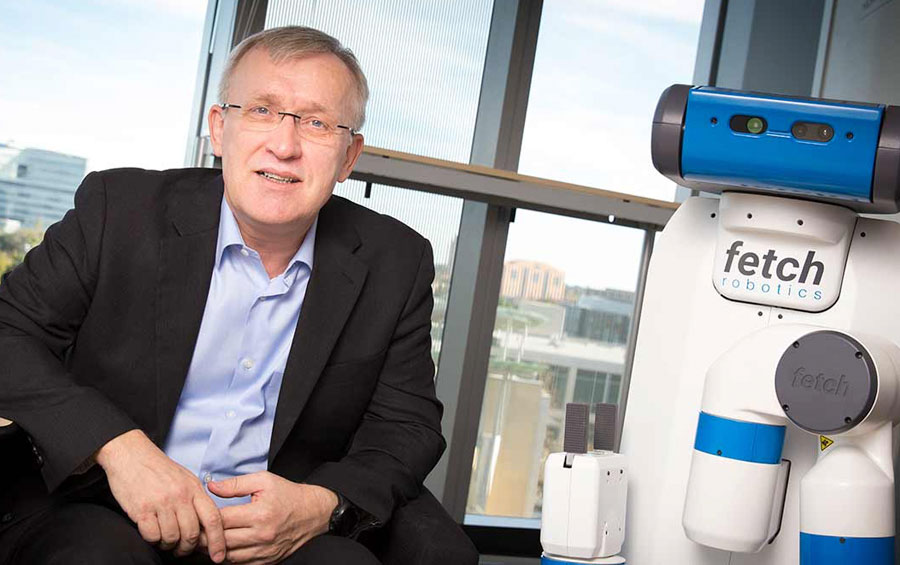
Can robots be effective tools in combating the COVID-19 pandemic? A group of leaders in the field of robotics, including Henrik Christensen, director of UC San Diego’s Contextual Robotics Institute, say yes, and outline a number of examples in an editorial in the March 25 issue of Science Robotics. They say robots can be used for clinical care such as telemedicine and decontamination; logistics such as delivery and handling of contaminated waste; and reconnaissance such as monitoring compliance with voluntary quarantines. Read More
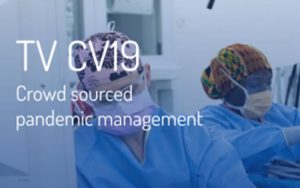
In the face of COVID-19, many caregivers, engineers and gifted amateurs are stepping up to find ways to support healthcare workers.
To help guide some of these efforts, Michael Barrow, a Ph.D. candidate with Professor Ryan Kastner’s research group in the Computer Science and Engineering Department (CSE) at UC San Diego, is leading an effort to boost critical care management during these uncertain times. Barrow is working closely with Shanglei Liu, MD, a general surgeon at Mayo Clinic and the project’s clinical primary investigator. Read More

With the help of hundreds of students and community volunteers, UCSD faculty have developed an online portal to give clinicians, researchers and others responding to COVID-19 a simple way to ask questions about the disease and receive rapid responses.
Everything about the COVID-19 pandemic is new: the virus’s transmission to humans, the stay-at-home orders, the challenges many responders are facing. With so much in flux, providers are being asked to find new solutions. In response, a group of UC San Diego faculty, with the help of hundreds of students and community volunteers, has stepped up to create an online portal called Earth 2.0 COVID-19 Rapid Response. Read More
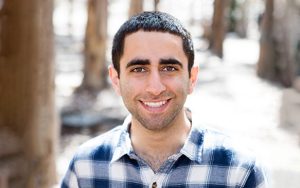
When you hear the term “evolutionary tree,” you may think of Charles Darwin and the study of the relationships between different species over the span of millions of years.
While the concept of an “evolutionary tree” originated in Darwin’s “On the Origin of Species,” one can apply this concept to anything that evolves, including viruses. Scientists can study the evolution of SARS-CoV-2 to learn more about how the genes of the virus function. It is also useful to make inferences about the spread of the virus around the world, and what type of vaccine may be most effective. Read More

The COVID-19 pandemic is impacting the availability of personal protective equipment (PPE) supplies in Baja California, and researchers with UC San Diego’s Department of Computer Science and Engineering (CSE) are developing solutions to help.
Nadir Weibel, an associate professor in the Department of Computer Science and Engineering and head of the Human-Centered and Ubiquitous Computing Lab, is collaborating with university colleagues, government and industry to develop PPE solutions and to transport supplies, like masks and face shields, to hospitals in Baja. Read More
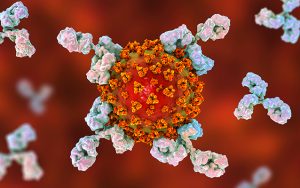
It could help determine why a potential COVID-19 vaccine may be effective in some people but not others
Scientists with UC San Diego’s Jacobs School of Engineering and the Qualcomm Institute have developed a new gene prediction algorithm, called MINING-D, that could help researchers investigate the genetic clues behind the variation of symptoms shown in COVID-19 patients — information that is key to creating a versatile and effective vaccine. Read More
copyright 2020 – Computer Science & Engineering – University of California San Diego
CSE HONORS

Each year, the Center for Networked Systems (CNS) awards the Alan Turing Memorial Scholarship to one or more students for their academic commitment, particularly in networked systems, and their ongoing support for the LGBTQ community. Read More

By 2025, computers and other instruments will generate more than 175 zettabytes of data. For context, there are a billion terabytes in a zettabyte. If you’re wondering how all that information will be analyzed, you’re not alone. At present, only one percent of data produced worldwide is ever evaluated.
To help solve this problem, the Defense Advanced Research Projects Agency (DARPA) has awarded a $1 million grant to Computer Science and Engineering Department professors Tajana Rosing, Sanjoy Dasgupta and Electrical and Computer Engineering Department professor Tara Javidi to explore how hyperdimensional computing (HD) can help address this informational onslaught. The project is called HyDREA (Hyperdimensional Computing: Robust, Efficient and Accurate). Read More
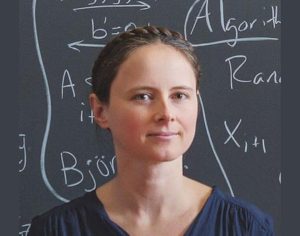
San Diego, Calif., March 11, 2020 — An international team of computer scientists has set a new record for integer factorization, one of the most important computational problems underlying the security of nearly all public-key cryptography currently used today.
Public-key cryptography is used for a number of applications including encrypting sensitive and confidential data and digital signatures. In public-key cryptography, keys that protect data come in pairs, one public, and one private. The security of the encryption or digital signature relies on the assumption that it’s impossible to compute the private key from the public key. Read More
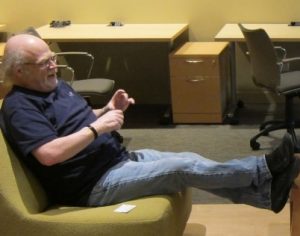
The Center for Networked Systems (CNS) at UC San Diego has announced that following a $225,533 donation from the Amateur Radio Digital Communications (ARDC) association, the Alan Turing Memorial Scholarship is now fully endowed.
“We are incredibly grateful to ARDC for their generous gift,” said CNS Co-Director Stefan Savage. “Now that the endowment is complete, starting in the spring of 2021, we will be able to provide $10,000 scholarships for worthy students in perpetuity.” Read More
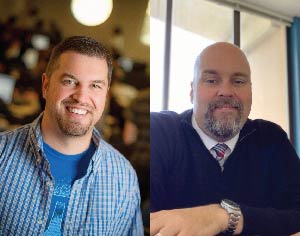
The Distinguished Alumni Award is the highest honor given to CSE alumni for their contributions to society. This year at the Winter 2020 Research Open House, the department honored Taner Halıcıoğlu ’96 and Tim Sherwood ’03. Read More
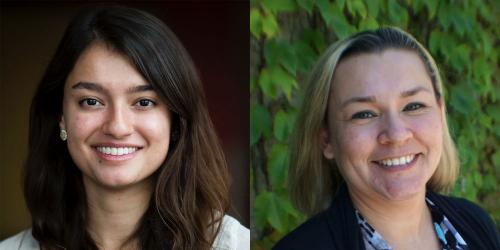
Two members of the CSE community have been honored with Inclusive Excellence Awards from UC San Diego for their contributions to a more diverse and inclusive community. Ph.D. student Ariana Mirian and Undergraduate Affairs Manager Veronica Abreu were recognized during an awards ceremony on February 4. Read More
copyright 2020 – Computer Science & Engineering – University of California San Diego
Alumni Shoutouts
Do you have an achievement you’d like to share with your CSE community? Let us know! cse-communications@eng.ucsd.edu
copyright 2020 – Computer Science & Engineering – University of California San Diego
Our Alumni Community
Do you have an achievement you’d like to share with your CSE community? Let us know! cse-communications@eng.ucsd.edu

The rich diversity of research and perspectives found in UC San Diego’s Department of Computer Science and Engineering makes it the thriving, supportive and world-class community it is today. Read about one of our members, Angelique Taylor ’21, and the impact of CSE on her present and future.
Angelique is a PhD student in the Healthcare Robotics Lab working with Professor Laurel Riek. Her research lies at the intersection of computer vision, robotics, and artificial intelligence. She’s working to design algorithms that enable robots to interact with groups of people in real-world environments. Read More
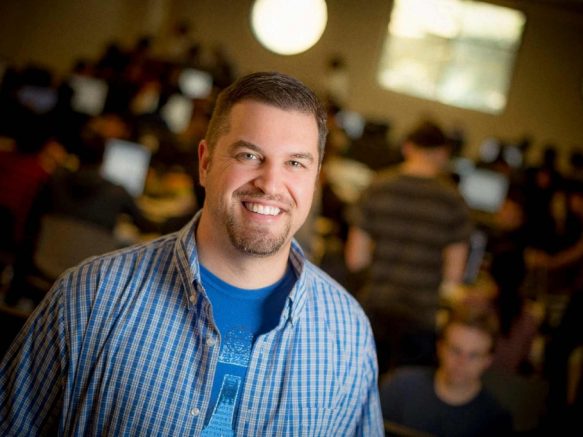
Taner Halıcıoğlu (BS ’96) is the founder and manager of angel investment firm Keshif Ventures. According to the San Diego Business Journal, which included him in its “San Diego 500, The Book of Influential Business Leaders,” he is “one of San Diego’s few ‘super angels’ in local tech, meaning he’s an active investor in early-stage startups.” He’s also a founding partner of SEED San Diego, a small investor group that supports local startups. His portfolio companies include Empyr, Portfolium, Doctible, CloudBeds, Soci and MixMode.. Read More
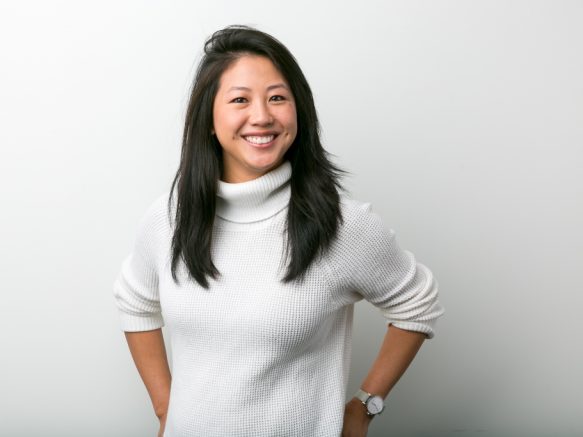
Brina Lee (MA ’13) has learned a thing or two about overcoming fear. It’s been a necessity for someone who has blazed a career path that includes being Instagram’s first female engineer and co-founding a company. As she works toward growing her startup, Hamul, the UC San Diego Computer Science and Engineering Department (CSE) graduate can summarize the most important lesson she’s learned in one short phrase.
“Don’t let you hold yourself back,” she says. “It’s as simple as that.” Read More
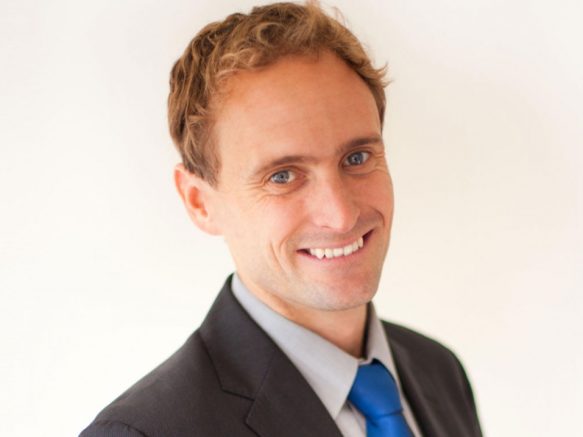
Jason Oberg (MA ’12, PhD ’14) is the co-founder and CEO of Tortuga Logic, a San Jose-based cybersecurity company specializing in hardware threat detection and prevention. He’s a leading expert in hardware security whose work has been cited over 1,000 times and been granted six issued and pending patents.
But the roots of these accomplishments go back to the halls of UC San Diego’s Computer Science and Engineering Department, where “wacky ideas,” unique and innovative ways of thinking and tremendous intellectual power combined to make a start-up dream a successful reality. Read More
copyright 2020 – Computer Science & Engineering – University of California San Diego
Researchers Develop Framework That Improves Firefox Security
- Post author By areli
- Post date July 24, 2023
Researchers Develop Framework That Improves Firefox Security

Computer scientists develop a technique to protect browsers from buggy third-party libraries
Researchers from the University of California San Diego, University of Texas at Austin, Stanford University and Mozilla have developed a new framework to improve web browser security. The framework, called RLBox, has been integrated into Firefox to complement its other security-hardening efforts.
RLBox increases browser security by separating third-party libraries that are vulnerable to attacks from the rest of the browser to contain potential damage—a practice called sandboxing. The study will be published in the proceedings of the USENIX Security Symposium in March.
Browsers, like Firefox, rely on third-party libraries to support media decoding (e.g., rendering images or playing audio files) among many other functionalities. These libraries are often written in low-level programming languages, like C, and highly optimized for performance.
“Unfortunately, bugs in C code are often security vulnerabilities—security vulnerabilities that attackers are really good at exploiting,” noted senior author Deian Stefan, an assistant professor with UC San Diego’s Department of Computer Science and Engineering.
RLBox allows browsers to continue to use off-the-shelf, highly tuned libraries without worrying about the security impact of these libraries. “By isolating libraries we can ensure that attackers can’t exploit bugs in these libraries to compromise the rest of the browser,” said the lead PhD student on the project, Shravan Narayan.
A key piece of RLBox is the underlying sandboxing mechanism, which keeps a buggy library from interfering with the rest of the browser. The study investigates various sandboxing techniques with different trade-offs. But the team ultimately partnered with the engineering team at San Francisco-based Fastly to adopt a sandboxing technique based on WebAssembly, a new intermediate language designed with sandboxing in mind. The team believes that WebAssembly will be a key part of future secure browsers and secure systems more broadly. The WebAssembly sandboxing effort is detailed in a recent Mozilla Hacks blog post.
“Unfortunately, it’s not enough to put a library in a sandbox, you need to carefully check all the data that comes out of the sandbox—otherwise a sophisticated attacker can trick the browser into doing the wrong thing and render the sandboxing effort useless,” said Stefan. RLBox eliminates these classes of attacks by tagging everything that crosses the boundary and ensuring that all such tagged data are validated before being used.
RLBox has been integrated into Mozilla’s Firefox and will be shipping to Linux users in Firefox 74 and Mac users in Firefox 75, with plans to implement in other platforms.
“This is a big deal,” says Bobby Holley, principal engineer at Mozilla. “Security is a top priority for us, and it’s just too easy to make dangerous mistakes in C/C++. We’re writing a lot of new code in Rust, but Firefox is a huge codebase with millions of lines of C/C++ that aren’t going away any time soon. RLBox makes it quick and easy to isolate existing chunks of code at a granularity that hasn’t been possible with the process-level sandboxing used in browsers today.”
In the study, the team isolated half a dozen libraries using RLBox. To start, Firefox will ship with their sandboxed Graphite font shaping library. Mozilla plans to apply the sandboxing more broadly in the future, ultimately making millions of users’ browsers more secure.
Other authors included: Craig Disselkoen and Sorin Lerner at UC San Diego; Hovav Shacham at UC San Diego and UT Austin; Nathan Froyd and Eric Rahm at Mozilla; and Tal Garfinkel at Stanford University.
- Tags Research Highlights
Integrating Robots in Public and Private Spaces for the Common Good
- Post author By katie
- Post date June 23, 2020
Integrating Robots in Public and Private Spaces for the Common Good
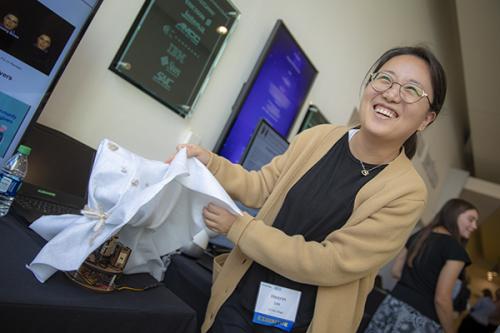
San Diego, Calif., Feb. 5, 2020 — UC San Diego alumna Hee Rin Lee, now an assistant professor in MSU’s Department of Media and Information, explores how we can integrate robots into our lives for social good, whether it be in a retirement community or a bustling factory. The roots of her research go back to her time in the lab of computer science professor Laurel Riek here at the Jacobs School of Engineering at UC San Diego.
Robotic inspirations
Lee first moved to the United States from South Korea a decade ago to attend graduate school. As she tried to fit into American society, Lee encountered many different experiences that amounted to culture shock in her new home. Her need for cultural adjustment led to her interest in implementing robots in human spaces. Lee stated that there is a parallel: Robots have to undergo a form of culture shock when integrating into human life, just as Lee did.
Lee wanted to not only bridge this divide, but to also improve human experiences with robots once this divide is crossed, while at the same time addressing the need for social intervention.
Robots currently used in factories, for example, are segregated to their own section of the workspace. Lee said they are focused on efficiency. To her, there are greater possibilities for the establishment of robots in the workforce than separation and improved workflow. There is a lack of interaction with humans when addressing the presence of robots.
“Those people were engineers, which means when you’re trained in school, what you’re learning is how to talk to machines,” Lee said. “You’re not really getting into this space, how you interview people and analyze data.”
Lee wants to take the interaction of robots and humans a step further, with a focus on the positive social impact robots can have on humans. Through working with elders with dementia, nurses in hospitals and factory workers, Lee plans to assist humans with the implementation of robots to aid with their own needs.
Personalized robotic elder care
Lee’s goal is to help those who are marginalized in society. This first came to fruition through her work with elders. She sought to personalize care below the surface of what gets recorded on the medical charts. These human-friendly robots would not be focused on disabilities or the typical stereotypes related to aging, but on what support the elders in her study felt they needed in their everyday lives.
During her work as a postdoctoral researcher at UC San Diego, Lee went about creating individualized prototypes for robots that could suit elders’ specific needs. She began by interviewing the elders, not for their medical condition or what they needed assistance with, but to learn about them as unique individuals who have lived fulfilling lives.
“That became my focus,” Lee said. “How can I reflect those groups? What are their actual issues? How can we design a robot to support them from their perspective?”
The elders created situational maps to highlight their needs. Lee then worked closely with the elders to design the robots and created customized prototypes. The elders in the study tested and used the prototypes, and Lee reworked the design based on their feedback.
The concept of using robots to assist aging citizens is not uncharted territory. Lee discussed the previous ventures many robotists have had into assisted living and in improving the lives of older adults with machines.
“It becomes really interesting research, because they were so interested in robots but they didn’t really think about how elders would feel about this,” Lee said. “Robotists’ understanding of aging and older adults’ understanding of aging is completely different.”
AI implications in nursing
Lee’s most recent work took place in the sterilized white walls of the common hospital. She and her research partner, Angelique Taylor, one of Riek’s Ph.D. students at UC San Diego, noticed a power hierarchy between physicians and nurse practitioners in the medical space, where they were concerned with errors in patient care.
Lee and Taylor developed a group tracking algorithm that nurses can use to keep track of errors they find made by their cohorts, in order to ensure there is no cross contamination of germs in the workplace. The technology has broader implications in team communication and improving everyday workflow.
During her work, Lee said she observed a shortage of nurses at the hospital. So, the team also devised ways for the algorithm to be used in critical situations, providing a “robot crash cart” as a backup service. They brainstormed a set choreography that would help to ensure the right amount of people were present at the right time, with the “robot crash cart” making up for any shortages in staff.
“Throughout our design process, we want to test our technology with nurses to ensure their needs are being met when they work alongside our robots, as well as use robots as a means of speaking up for nurses in situations that make them uncomfortable or when doctors/physicians do not take their concerns seriously,” Taylor said.
“These situations lead to patient safety risks, which can lead to patient deaths.”
Robotic ventures into factories and education
An avenue of social assistance Lee has already scoped out, but wants to investigate further, is the factory work environment. Lee visited a factory that was already using a robot to carry out certain duties. These duties included carrying packages and making sure materials arrived where they needed to be. Lee found an issue: the removal of jobs from older workers to make room for this robotic innovation.
Lee aims to educate workers who know little about the robot and its capabilities, while coming up with a solution to use the robot without interfering with the current factory workflow. She is also interested in creating an educational program that teaches youth about AI, with a focus on what people most want to learn about the advanced technology.
Lee plans to continue researching robotics, as it relates to how machines can fit into human spaces to better human society.
- Tags Research Highlights
Algae Shown to Improve Gastrointestinal Health
- Post author By katie
- Post date June 23, 2020
Algae Shown to Improve Gastrointestinal Health

Project is the first to test green algae on symptoms related to human digestion
San Diego, Calif., Feb. 3, 2020 — A widespread, fast-growing plant called Chlamydomonas reinhardtii is famous in scientific laboratories due to its position as the world’s most exhaustively studied algae.
For decades, the green, single-celled organism, which primarily grows in wet soil, has served as a model species for research topics spanning from algae-based biofuels to plant evolution. While other species of algae have been used as dietary nutraceuticals that provide beneficial oils, vitamins, proteins, carbohydrates, antioxidants and fiber, the benefits of consuming C. reinhardtii were previously unexplored.
Researchers at the University of California San Diego recently completed the first study examining the effects of consuming C. reinhardtii and demonstrated that the algae improves human gastrointestinal issues associated with irritable bowel syndrome (IBS) such as diarrhea, gas and bloating. Results of the project are published in the Journal of Functional Foods.
“People have been looking at this algae for decades, but this is the first study to show what many of us have suspected—it’s good for you,” said principal investigator and algae expert Stephen Mayfield, a distinguished professor in UC San Diego’s Division of Biological Sciences and co-director of the Food and Fuel for the 21st Century Program (FF21). “This is exciting because it demonstrates a clear benefit: If you have IBS-like symptoms, this is good for you.”
For the human digestion study, algae were grown in a large stainless steel fermentation tank, similar to fermentation tanks seen at beer breweries. A smaller bench-top fermentation tank, or bioreactor, is pictured.
Credit: Frank Fields, UC San Diego
For years researchers in Mayfield’s laboratory have been exploring C. reinhardtii as a cost-competitive and sustainable source of valuable plant-based products, specifically pharmaceuticals and biofuels. Now, working with several collaborators, including UC San Diego’s John Chang (School of Medicine), Rob Knight (School of Medicine, Jacobs School of Engineering and Center for Microbiome Innovation) and the San Diego-based startup Triton Algae Innovations, they turned their attention towards investigating the algae as a nutritious food additive for improving human health.
The C. reinhardtii biomass used in the study, which was grown by Triton Algae Innovations, was subject to rigorous safety testing and designated as “Generally Recognized As Safe” by the U.S. Food and Drug Administration, green-lighting the use of the organism in a human study.
Preliminary data in mouse studies demonstrated that consuming C. reinhardtii significantly reduced the rate of weight loss in mice with acute colitis, which is generally linked to inflammation of the digestive tract. Building off these results, the researchers set out to test for a similar effect when the algae was consumed by human volunteers, including those with and without symptoms associated with IBS. Volunteers consumed daily spoonfuls of powdered C. reinhardtii biomass and reported their gastrointestinal health for one month. Of the hundreds of interested participants in the project, data from 51 volunteers met the study’s requirements for inclusion in the final data analyses.
Results showed that participants who suffered from a history of frequent gastrointestinal symptoms reported significantly less bowel discomfort and diarrhea, significantly less gas or bloating and more regular bowel movements.
“The benefits of consuming this species of algae were immediately obvious when examining the data from both mice and humans who suffered from gastrointestinal symptoms,” said Frank Fields, a research scientist in Mayfield’s lab and lead author of the paper. “I hope that this study helps destigmatize the thought of incorporating algae and algae-based products into your diet—it is a fantastic source of nutrition and we have now shown that this species of algaehas additional benefits to animal and human health.”
Volunteers also were provided with stool sampling kits and sent samples to the American Gut Project, a citizen science effort led by Knight and his lab, to assess any changes in their microbiomes. The results indicated that the gut microbiome composition remained diverse, which is typical of healthier individuals, and that no significant changes to the composition of their gut microbiome occurred during the study as a result of consuming the algae.
The researchers say much more testing with larger groups of participants across longer time periods is needed. At this point, they are unclear about how the algae works to improve gastrointestinal health. The scientists believe the benefits could be traced to a bioactive molecule in algae or perhaps a change in gene expression of gut bacteria caused by algae consumption.
Still, the observed results in human volunteers led them to conclude in the paper that “the addition of C. reinhardtii into the diet will not only add nutritional value but may also function to relieve some gastrointestinal symptoms of certain individuals.”
The full coauthor list includes Frank Fields, Franck Lejzerowicz, Dave Schroeder, Soo Ngoi, Miller Tran, Daniel McDonald, Lingjing Jiang, John Chang, Rob Knight and Stephen Mayfield. Collaborators included the California Center for Algae Biotechnology, American Gut Project, Center for Microbiome Innovation and Jacobs School of Engineering.
The project was partially supported by the U.S. Department of Energy (DE-EE0008246).
Triton Algae Innovations provided the C. reinhardtii biomass and the funding necessary to conduct the mouse feeding trial and to sequence stool samples.
- Tags Research Highlights







